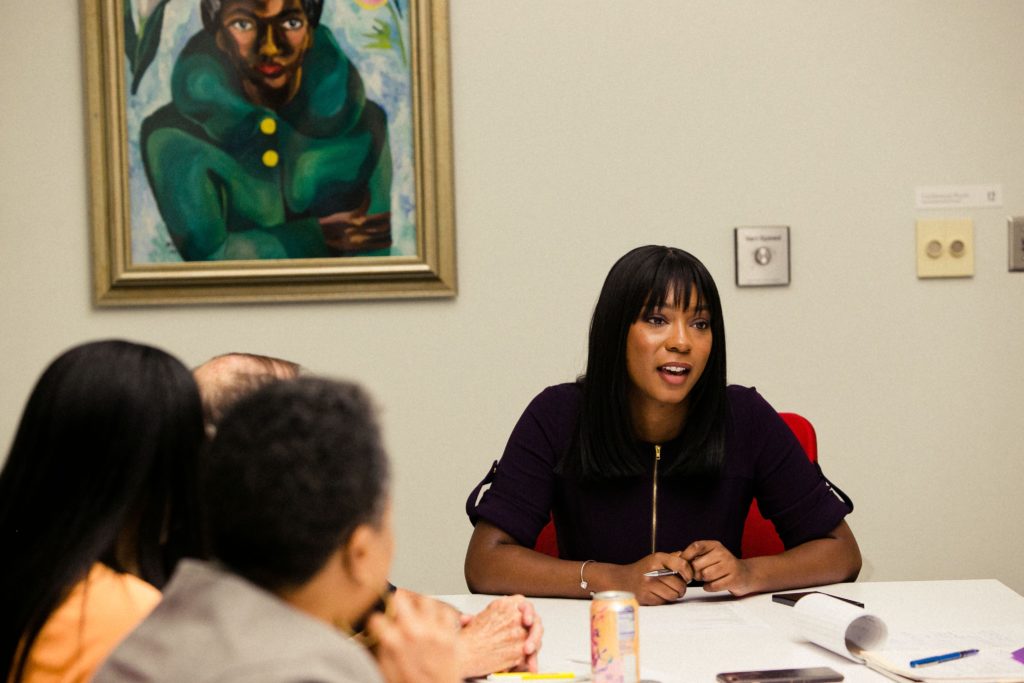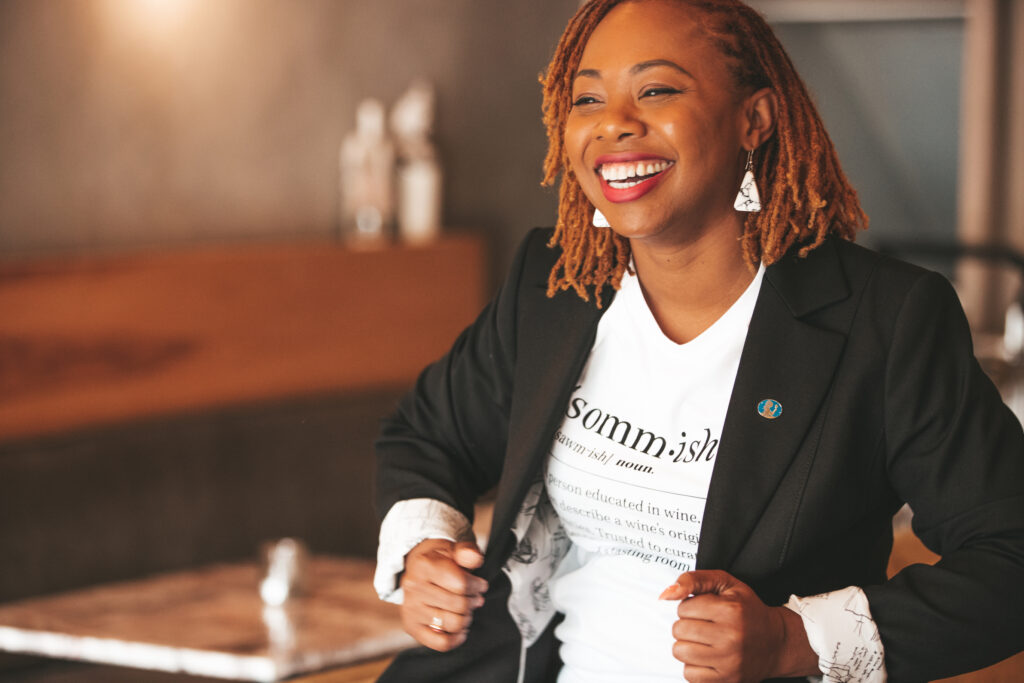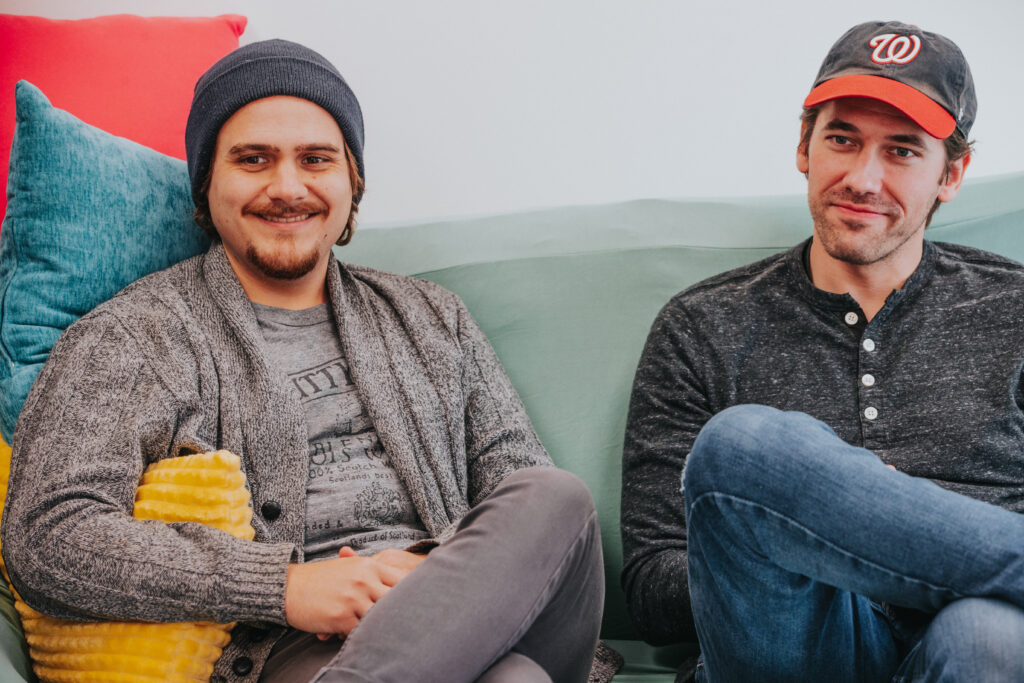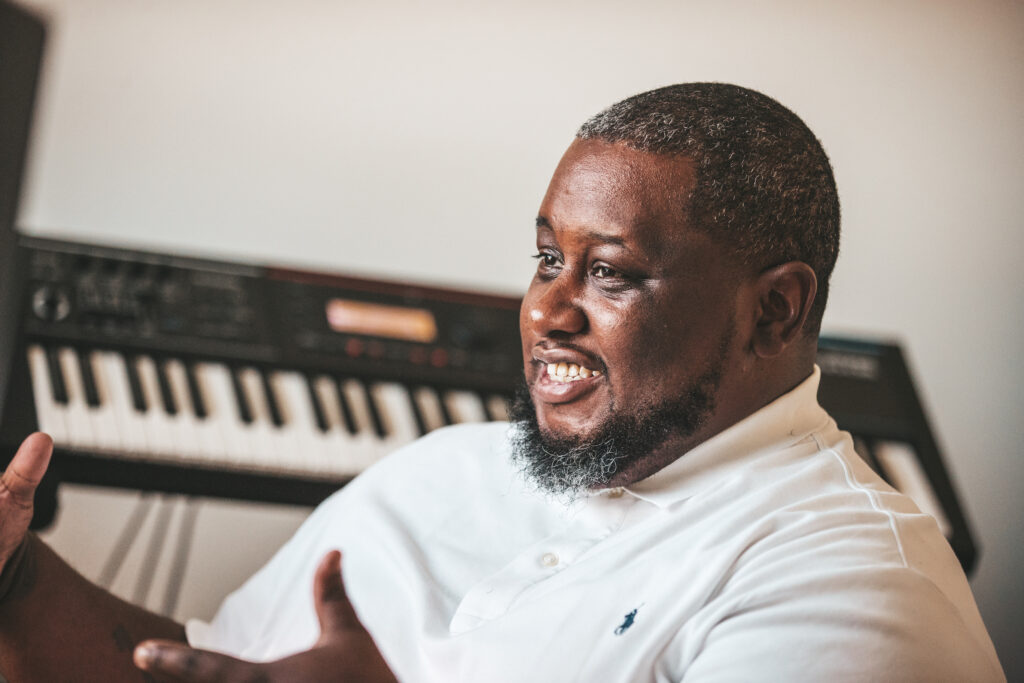Interview by Tonia Trotter
Photos by Ambre Amari
In the spring of 2018, the Equal Justice Initiative (EJI) opened the National Memorial for Peace and Justice, a groundbreaking memorial in Montgomery dedicated to African American victims of racial terror lynchings. The Memorial contains monuments corresponding to over 800 counties where EJI documented lynchings. A duplicate monument for each county is also displayed, and EJI has invited residents of these counties to facilitate a local reckoning with this history prior to the retrieval of their local monuments.
In response last fall, a group of Jefferson County citizens came together to form the Jefferson County Memorial Project. JMCP works to research the lives of the thirty victims documented in the county by EJI, educate the public on the importance of this history, place historical markers at sites of racial terror violence, advocate for reform where racial injustice still exists today, and retrieve the county’s companion monument from the National Memorial for Peace and Justice. In advance of JCMP’s first historical marker ceremony, we spoke with JCMP’s core coalition team to learn more about how the Jefferson County community is coming together to address this difficult history and how it reverberates in the present.
JCMP’s core coalition members are Graham Boettcher, Director of the Birmingham Museum of Art; Joi Brown, Marketing Manager for the Birmingham Civil Rights Institute; Carol Clarke, Project Director and Community Development Specialist for Corporate Realty Development; Scott Douglas, Executive Director of Greater Birmingham Ministries; Myeisha Hutchinson, Jefferson County Outreach Manager for Congresswoman Terri Sewell; T. Marie King, Community Activist; Meg Nelson, Director of Development for Create Birmingham; Abigail Schneider, JCMP Project Director; and Jim Sokol, Civic Volunteer.
The historical marker that will be erected at Sloss on the 9th is a major milestone for the Jefferson County Memorial Project, but it’s far from the first event that JCMP has organized. How have your activities over the last year built to this installation?
Graham Boettcher: We’ve spent a lot of time laying the foundation and building community awareness and interest in what the Equal Justice Initiative has achieved in Montgomery and how we can carry that message forward here in Jefferson County. The marker is a permanent edifice that brings attention to the atrocities of lynching that took place here, but it’s only one point in a journey that includes educating the community and inspiring involvement in a project that calls attention to our place in history and how we can encourage change in our justice system.
Lynching and other acts of racial terror violence are so deeply embedded in our history as a nation but rarely acknowledged. How do we even begin to address the historical impact and current legacy in the public sphere considering the traumatic nature of the topic?
Scott Douglas: We have to work against tension. There are some who ask the question, “Why are you bringing up the past?” William Faulkner said it best: “The past is never dead. It’s not even past.” History is operative, and the attitudes of white supremacy that allowed for these lynchings to take place haven’t gone away — they’ve just changed form. It is our responsibility to acknowledge and honor those who were killed, but it’s also imperative that we speak up and create conversation about the dangers of supremacist ideology and the role those attitudes play in our current criminal justice system, which has become a cycle of punishment and non-rehabilitation.
T. Marie King: We’ve also tried to be very intentional about talking about both generational and community trauma. For example, when we launched the book discussions, we made sure that we had counselors there for those who might feel triggered to help navigate those feelings as we confront our history.
Why is this first marker dedication so important? How does it serve as a blueprint for the eventual installation of Jefferson County’s pillar?
Jim Sokol: This first marker is important for our community. It’s a visual, tangible reminder of our history and how we move into our future. We’ve turned somersaults in this community to not talk about race or our history, but when you’ve got a concrete example for people to see and contemplate, it’s harder to sweep those atrocities under the rug.
Carol Clarke: There’s a James Baldwin quote I love: “The great force of history comes from the fact that we carry it within us, are unconsciously controlled by it in many ways…History is literally present in all that we do.” Having a visual reminder makes it more difficult to have the mindset of out of sight, out of mind, and out of touch with ourselves.
Joi Brown: I knew about the lynchings that took place, but when I visited the memorial in Montgomery, I gained a visual perspective of the actual amount of people affected. And that amount is only what has been documented. It was eye-opening. Bringing a small piece of that to Jefferson County is important.
JCMP has clearly put very deliberate thought into providing different entry points to this subject matter. Can you describe some of the pathways you’ve created?
T. Marie: Our focus was making sure that people could enter into the conversation at their level of comfort. It’s important to tackle the tough parts of history, but I don’t think it’s right to tell people how to engage. Giving entry points for discussion allows everyone to go at their own speed. For our county-wide book discussion, we offered reading recommendations and listened to the feedback from different groups. Our hope was to encourage the community to not just read these books but also consider how to incorporate the lessons into our lives. To accompany the film screening of Slavery by Another Name, we held decompression dialogues where we encouraged participants to ask questions and wrestle with how this type of oppression may be translated today.
Meg Nelson: Our major priority right now is education and conversation to put all of this in context, because there is so much history we are catching up on. But the response to this history from the arts and culture community is another component. We are already working with the Birmingham Civil Rights Institute, the Birmingham Museum of Art, AEIVA, and Studio 2500. We are also making plans with artists and arts organizations across the county to engage with this legacy through their own art forms and from their unique perspectives. Collaborating with those artists and their audiences will help us bring attention to this subject in some new ways.
Abigail Schneider: It’s also important when we are talking about the criminal justice system that we include those who are a part of that community. On our website, we have launched a blog called Liberated Voices, a collection of poetry, essays, and art created by incarcerated individuals who are a part of this effort. This gives a platform for these citizens to still be a part of the larger public discussion.
Scott: In addition, we are speaking to the faith community. We live in the buckle of the Bible Belt, and the faith community has played different roles in this dark part of our history. On occasion, lynchings were actually preceded by prayer. The KKK hijacked the symbol of the cross. It’s important to discuss the Christian community’s role in the past while also moving forward and giving them the opportunity to reclaim their space. All faiths address the importance of reconciliation, and acknowledgment of the past helps people heal spiritually and historically. It’s also important to acknowledge the role of the Jewish community and their contributions to support and legally defend the wrongly imprisoned.
In little more than a year, the JCMP coalition has grown to include more than 40 community partners, from social justice nonprofits to arts and cultural organizations to religious institutions to colleges and universities to local professional associations. Why do you think the response has come from so many different sectors?
 Abigail: I think what we are trying to do here is change the historical memory of our community, and to do that we need everyone involved — not just those for whom racial justice is the central focus of their daily work. We want to equip everyone with the skills to create a conversation about the past with those who may be unfamiliar or uncomfortable with this subject matter. We have also focused on small group trainings of 20-30 individuals at a time to empower others to continue the discussion.
Abigail: I think what we are trying to do here is change the historical memory of our community, and to do that we need everyone involved — not just those for whom racial justice is the central focus of their daily work. We want to equip everyone with the skills to create a conversation about the past with those who may be unfamiliar or uncomfortable with this subject matter. We have also focused on small group trainings of 20-30 individuals at a time to empower others to continue the discussion.
Carol: We’ve been able to help groups create a platform for breaking down social isolation and including others in their community. There is incredible value in just meeting new people you may not have met otherwise and learning about them.
What is the best way for new volunteers to become part of JCMP’s efforts? How can we help engage others in this difficult but necessary discussion?
Abigail: Please come to our event at Sloss on September 9th, and sign up for our newsletter! We are a volunteer-run project, and we welcome all those who want to become involved. We have a JCMP Fellowship program for college students in Jefferson County who want to learn how to do a rigorous research on this subject and become advocates on their campuses. You can also follow us on Facebook to stay up to date, attend our events, read our report, and sign up for our book club.
T. Marie: We hear some people say that this isn’t a conversation that their network is having, but they are interested in being a pivotal part of facilitating that dialogue. It has been incredible to see how engaged people have become and how many have asked: “What can I do?”




















